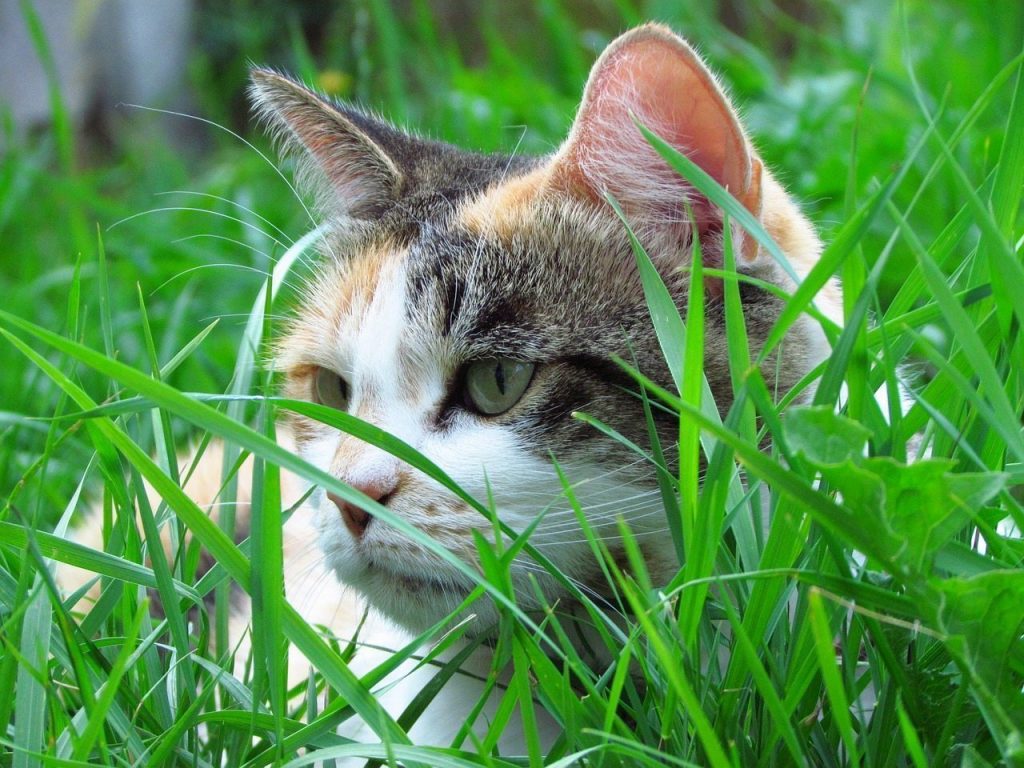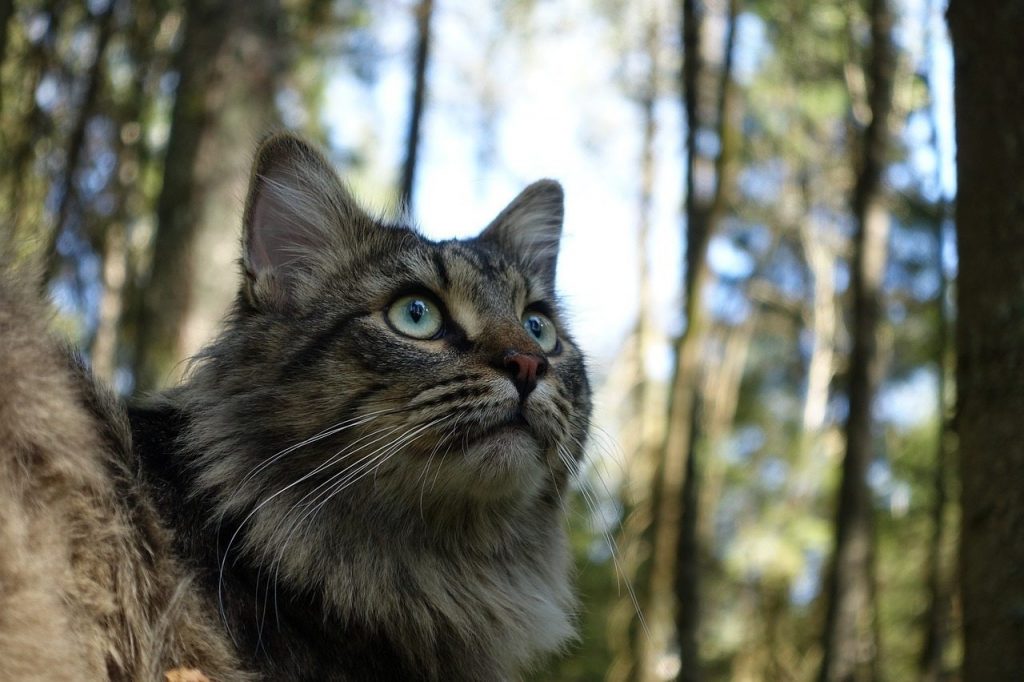Should You Feed Feral Cats?
Feral cats are simply (human) owner-less cats who are wild in nature. Our natural instinct is to want to help homeless animals we by giving them some food, but this may not be helping them at all. Feral cats are either born in the wild or abandoned by their pet parent. A feral cat is usually afraid of people and will run and hide.
<Also Read: How To Tame A Feral Cat>
Problems with Feral Cats

Many communities are overrun with feral cats and suffer from destroyed landscaping, odors, fighting within the colony, and attacking domestic cats. The overpopulation is a serious problem. About 80 million feral cats in the United States produce 80% of all of the feral kittens born every year. Almost 85% of pet cats are spayed or neutered, while only 2% of the feral cat population is.
What the Experts Recommend About Feeding Feral Cats…..
Many people wonder if we should feed feral cats. I’m leaving this question to the experts:
Dr. Patrick Mahaney is a veterinarian, certified veterinary acupuncturist, and founder of California PetAcupuncture and Wellness (CPAW), Inc., a Los Angeles-based, concierge, holistic, house-call veterinary practice. His advice on feeding feral cats is, “I don’t suggest offering food to feral cats, as leaving food out for non-domesticated animals to consume could attract wildlife (coyote, hawk, rodents, etc.). Once wildlife recognizes that there is a food nearby and ongoing source, then cats, small dogs, and other species could potentially be prayed upon. As I have a house call veterinary practice in Los Angeles, the concern for coyote attack is very real and potentially life altering to both pet and owner. Additionally, if wildlife enter your property, then their feces and urine will be left behind and can act as a source of otherwise avoidable infectious disease is like bacteria (Leptospirosis, etc.), viruses (Distemper, etc.), and parasites (internal, like Giardia, etc. and external, like blood-suckers like fleas and ticks).”
Danel Grimmett, co-owner and Doctor of Veterinary Medicine at Sunset Veterinary Clinic in Edmond, OK says, “No. Feeding them promotes more viable kits to be produced, which in turn contributes to the problem. You can participate in a trap, sterilize, and release program to help curb the population while allowing them to remain free if adoption options are not available.”
Kristen Hammett, D.V.M., is President-Elect, North Carolina Veterinary Medical Association (NCVMA), and she concurs, “Feeding feral cats does attract more cats and can increase the litter size of the females, so in feeding them, if no neutering/spaying is being done, you are going to increase the feral cat population, with the increase risk of rabies, illnesses in the cats, and increased threat to birds in the area. Better is to participate in a Trap-Neuter-Return (TNR) program that are available in many areas, and trap these feral cats, take them into have them spayed or neutered, rabies vaccinated, and the left ear tip snipped off a little. Then these cats can be returned to the area where they were trapped, and will not reproduce. If they are trapped again, the ear tip shows that they are neutered, and they can be released without further effort.
Trap and Release is the Answer
The only successful answer to control the feral cat population is to T-N-R (trap, neuter and release) them. In fact, millions of feral cats are fed by kindhearted people while others find food for on their own. Although it sounds like they have a difficult life, the average lifespan for a feral cat is estimated to be 10 years. The best solution to the problem right now is T-N-R. To participate in a T-N-R program, contact your local cat shelters or veterinarians for information on programs near you.
Do you agree with the experts? Let us know.
Also Good Reads: Barn Cat Rescue Plan & What To Do If You Find a Stray Cat










